Chemistry
Sign up for our newsletter
We summarize the week's scientific breakthroughs every Thursday.
-
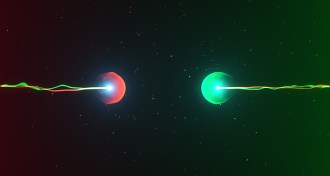 Chemistry
ChemistryUsing laser tweezers, chemists nudged two atoms to bond
This is the first time researchers have purposefully combined two specific atoms into a molecule.
-
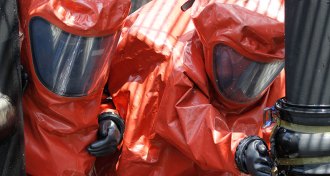 Materials Science
Materials ScienceToxic chemicals turn a new material from porous to protective
A new material switches from a comfortable, breathable form to a sealed-up, protective state when exposed to dangerous chemicals.
-
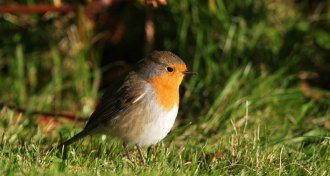 Genetics
GeneticsBirds get their internal compass from this newly ID’d eye protein
Birds can sense magnetic fields, thanks to internal compasses that likely rely on changes to proteins in the retina.
By Dan Garisto -
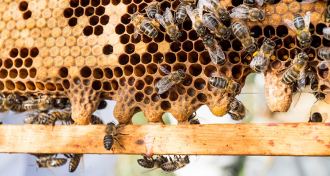 Animals
AnimalsHow honeybees’ royal jelly might be baby glue, too
A last-minute pH shift thickens royal jelly enough to stick queen larvae to the ceiling of hive cells.
By Susan Milius -
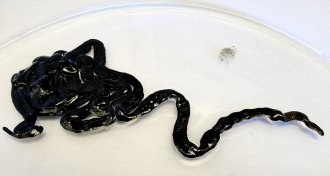 Animals
AnimalsToxins from the world’s longest animal can kill cockroaches
Bootlace worms can stretch up to 55 meters long and ooze toxins that can kill cockroaches and green crabs.
By Susan Milius -
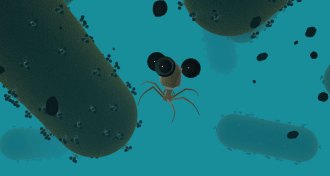 Life
Life‘Nanobot’ viruses tag and round up bacteria in food and water
Viruses called phages evolved to hunt bacteria. With magnetic nanoparticles and genetic engineering, they become nanobots that work for us.
-
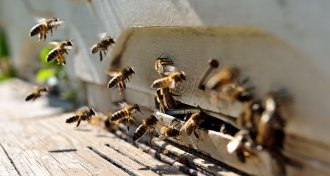 Environment
EnvironmentHow bees defend against some controversial insecticides
Some bees have enzymes that allow them to resist toxic compounds in some neonicotinoid pesticides.
By Dan Garisto -
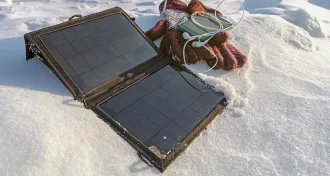 Chemistry
ChemistryExtreme cold is no match for a new battery
A rechargeable battery that works at –70° C could be used in some of the coldest places on Earth or other planets.
-
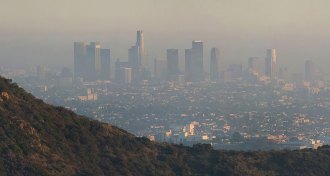 Chemistry
ChemistryHousehold products make surprisingly large contributions to air pollution
A study of smog in the Los Angeles valley finds that paints, fragrances and other everyday items are a growing component of the problem.
-
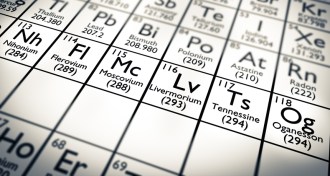 Physics
Physics5 ways the heaviest element on the periodic table is really bizarre
Called oganesson, element 118 has some very strange properties, according to theoretical calculations by physicists.
By Dan Garisto -
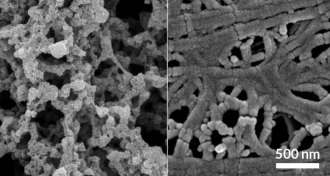 Materials Science
Materials ScienceNew textile weathers temperature shift
Reversible textile keeps skin at a comfortable temperature with thin layers of carbon and copper.
-
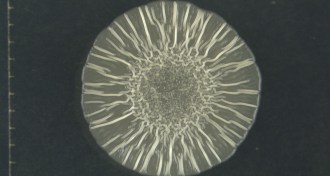 Microbes
MicrobesThe secret to icky, sticky bacterial biofilms lies in the microbes’ cellulose
Bacteria use a modified form of cellulose to form sticky networks that can coat various surfaces.